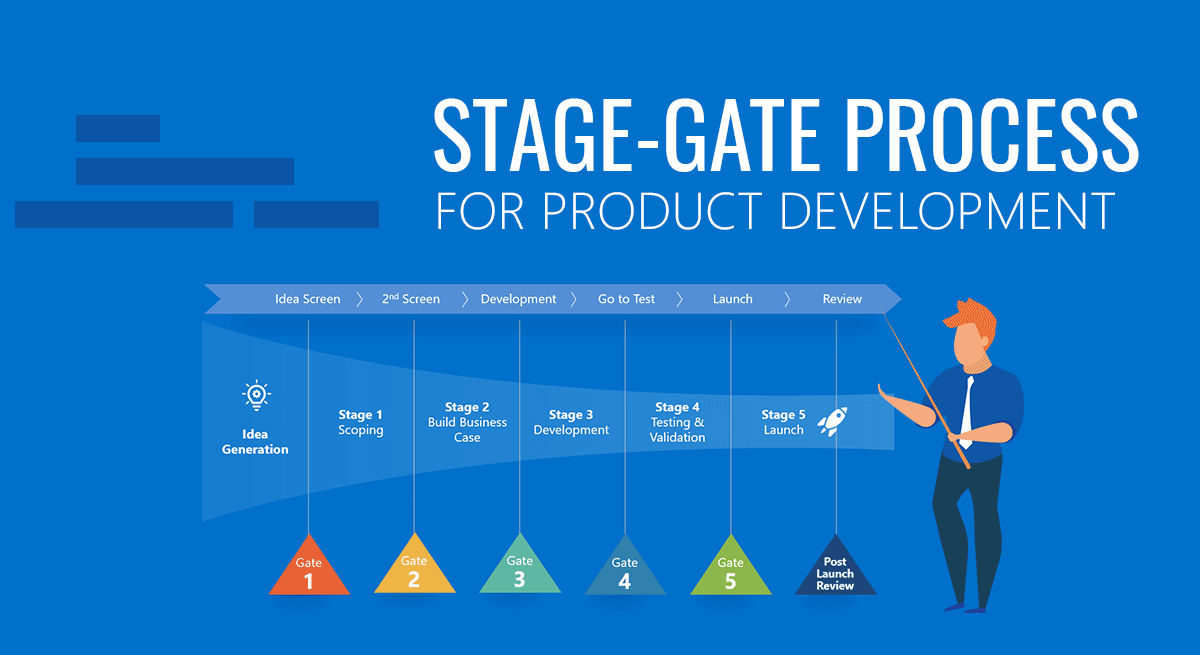
All about StageGate Process for Product Development
The Stage-Gate model is a widely recognized framework used by organizations to manage innovation, develop new products, and bring them to market successfully. It provides a structured approach that divides the innovation process into distinct stages and decision points, allowing for effective resource allocation and risk management. Understanding the Stage-Gate Model The Stage-Gate model.

StageGateProzess ControllingWiki
The waterfall model is a breakdown of development activities into linear sequential phases, meaning they are passed down onto each other, where each phase depends on the deliverables of the previous one and corresponds to a specialization of tasks. The approach is typical for certain areas of engineering design.In software development, it tends to be among the less iterative and flexible.
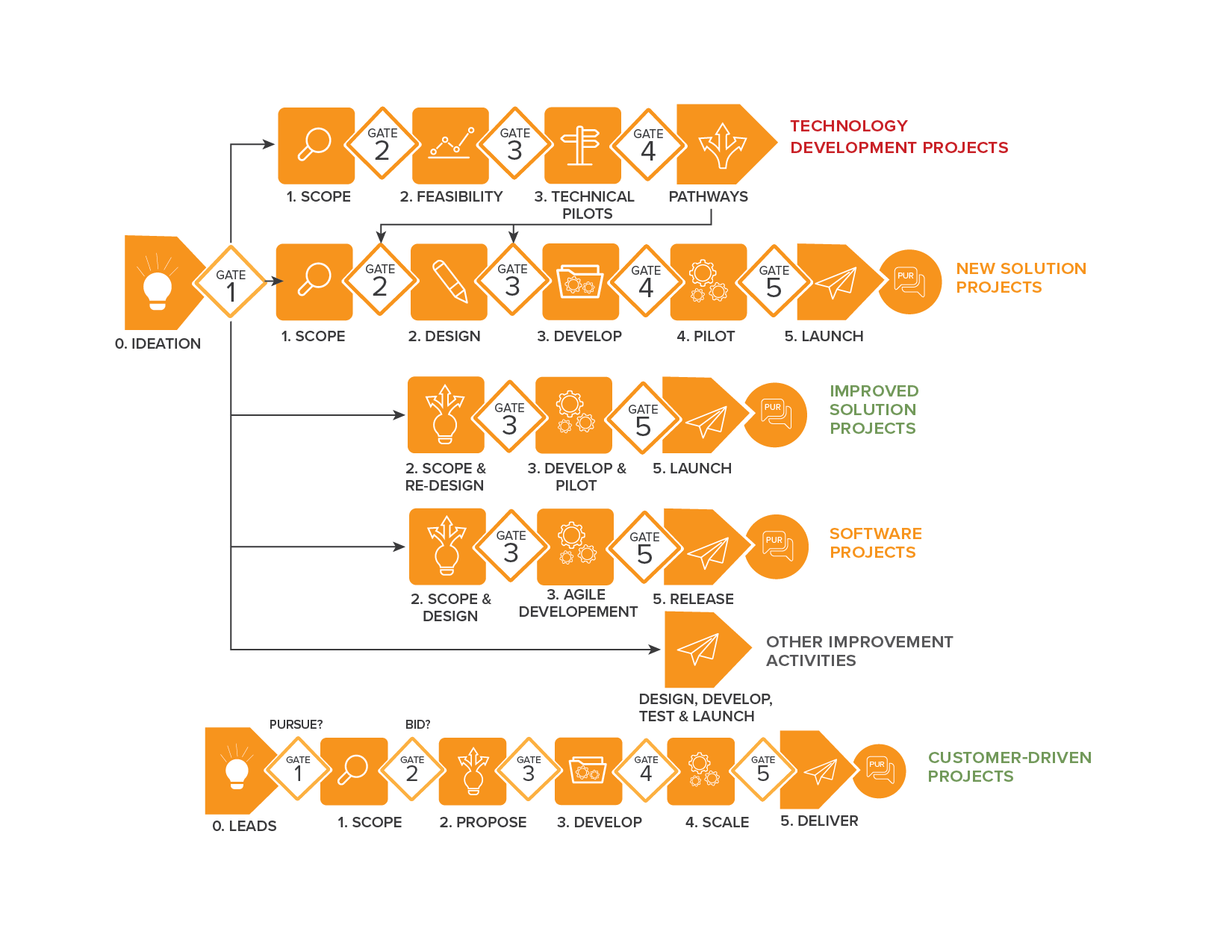
The stage gate process a project management guide Cloud Coach
One of the most famous gating systems is the Stage-Gate® model, formulated by Cooper in 1983 , a strategic management tool that gives a rigid and plan-based structure to the "idea-to-launch" (Edgett, 2015) process, alternating decision-making stations called Gate to operative Stage. A Gate is a set of expected results that must be met by the.

StageGate Change Management Framework Manage organisational change in 6 stages
The stage gate model allows companies to fast-track innovation by defining and managing the different stages of innovation. It improves corporate teams' ability to measure progress and track results, optimize resource allocation, and streamline decision-making processes.

Der Innovationsprozess im StageGateModell Wissen schafft Kompetenz
The Stage Gate process—also called the phase gate process—is a methodology that improves project outcomes and prevents risk by adding gates, or areas for review, throughout your project plan. This framework is most commonly used for product development projects, but it is useful for any complex project.
Salvaging Genius Reviving rejected Innovation projects with the StageGate Model
In the Stage Gate Process, a manager and steering committee decide to move from one Stage to another based on the business case, the risk analysis, and other production factors, including the cost, human resources, and market competency.The American Association of Cost Engineers first developed the process. In 1960, NASA adopted the tool as Phase Gate Process to test and evaluate project.
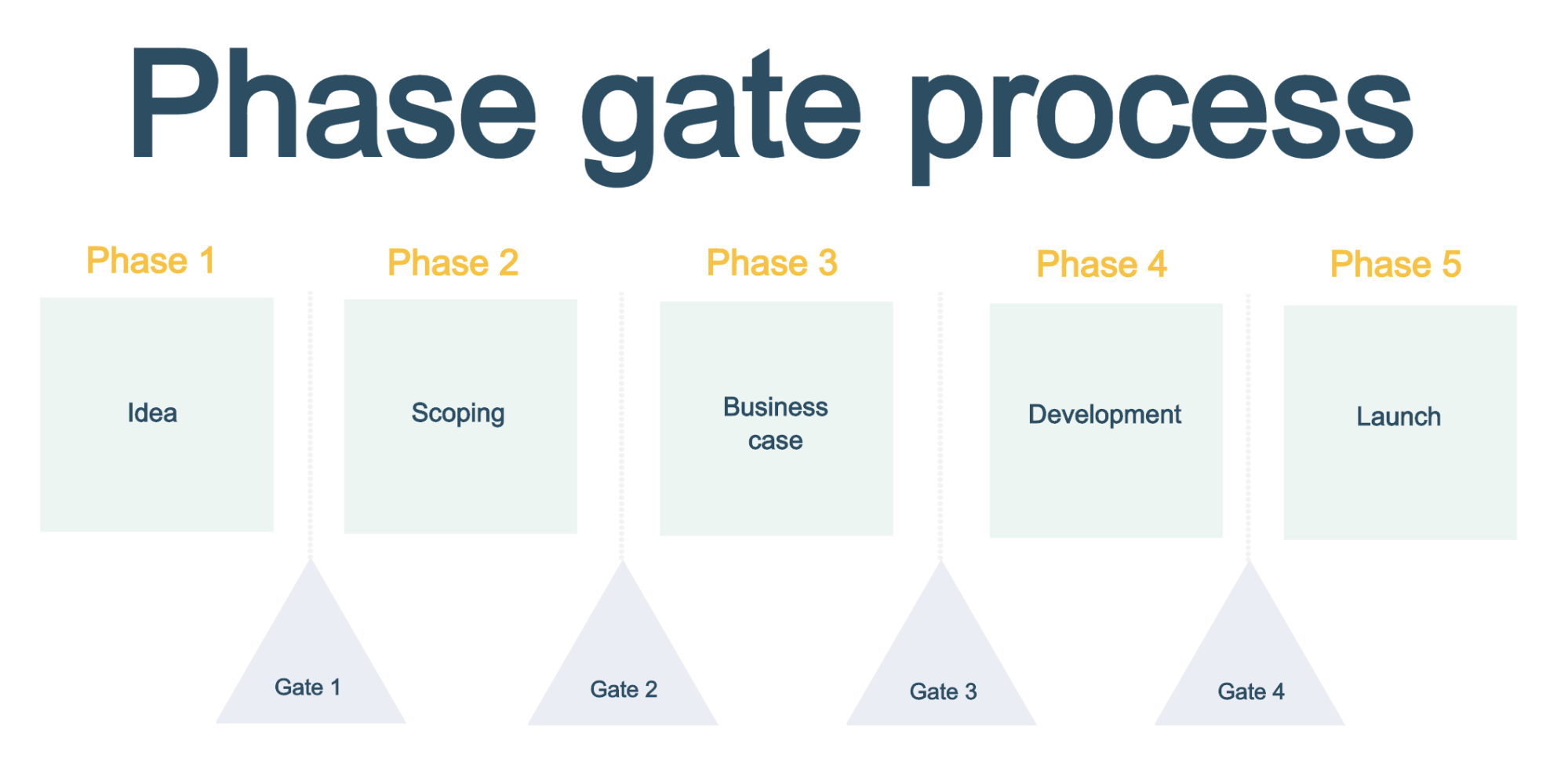
The Ultimate Guide To the Phase Gate Process Wrike
The stage-gate model is a technique used in product development to manage the movement from one phase to the next. Each phase, or "stage", of the project, is separated by a figurative "gate" that prevents you from progressing onto the next milestone without sufficient pause for thought.
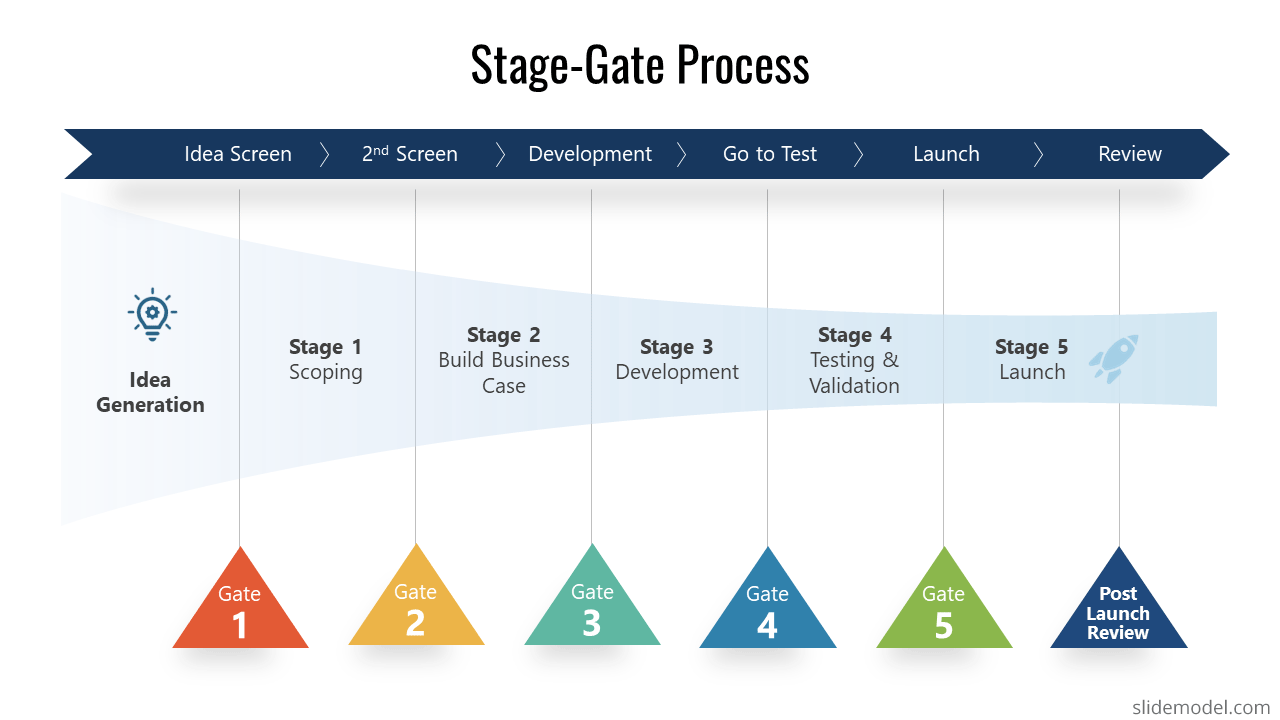
All about StageGate Process for Product Development
The Stage-Gate model takes the often complex and chaotic process of taking an idea from discovery to launch, and breaks it down into smaller Stages (where project activities are conducted) and Gates (where business evaluations and Go/Kill decisions are made).
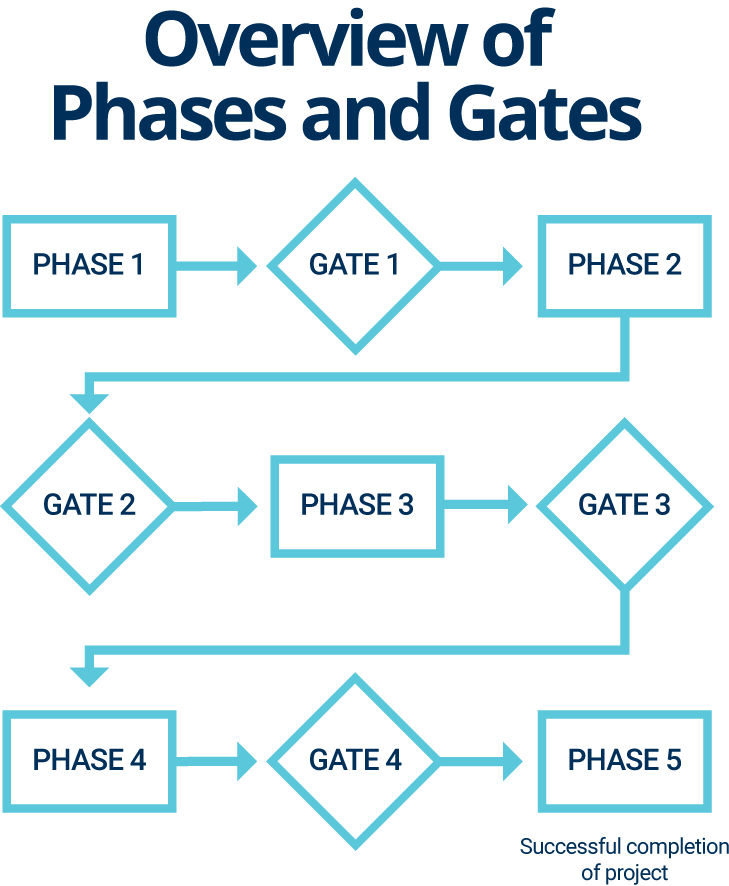
Ultimate Guide to the Phase Gate Process Smartsheet
The Stage-Gate Innovation Process is a methodology for transforming new ideas into successful products using a structured and systematic creative process. It was originally developed in the 1980s by business academics Dr Robert G. Cooper and Dr Scott J. Edgett.
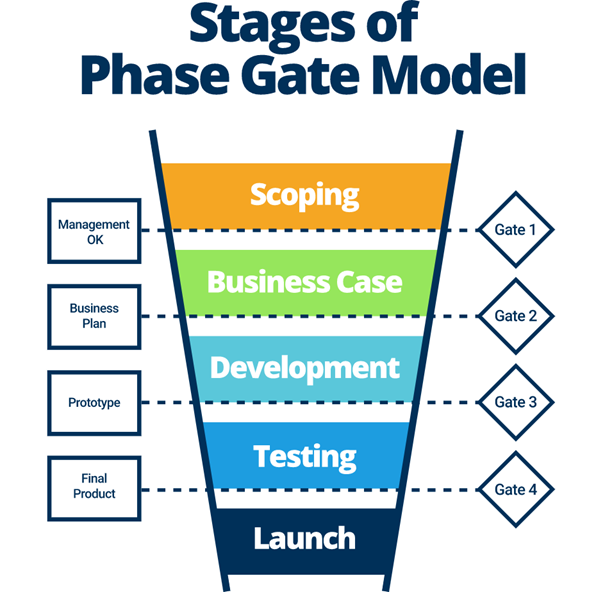
Successful Project Manager V Making The Most Out of Phasegate Process IPM
The stage-gate model which is also called phase-gate process is a project management methodology that is used to create a project from an idea-to-launch in a structured way. The model contains several decision-making points, known as gates and involves senior management that take decisions regarding the course of the project. The stage-gate.
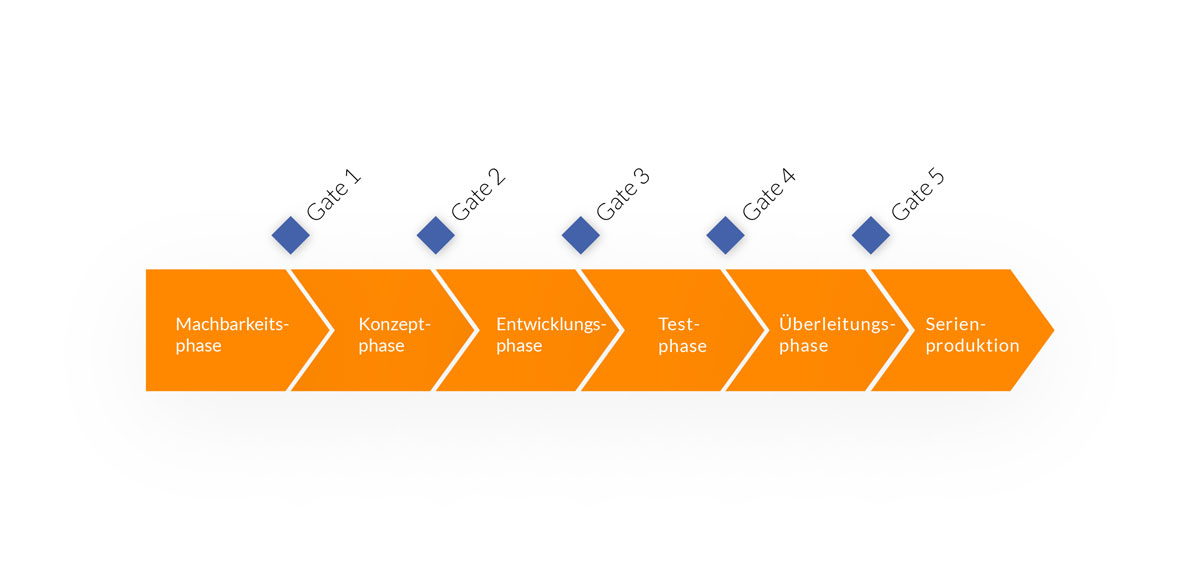
Projektmanagement Software für StageGateProzesse Projectworx
The stage-gate model, also known as the phase-gate process, is a project management strategy used to drive a project from idea to launch in a structured manner. The project is divided into several stages in this model, separated by figurative "gates."
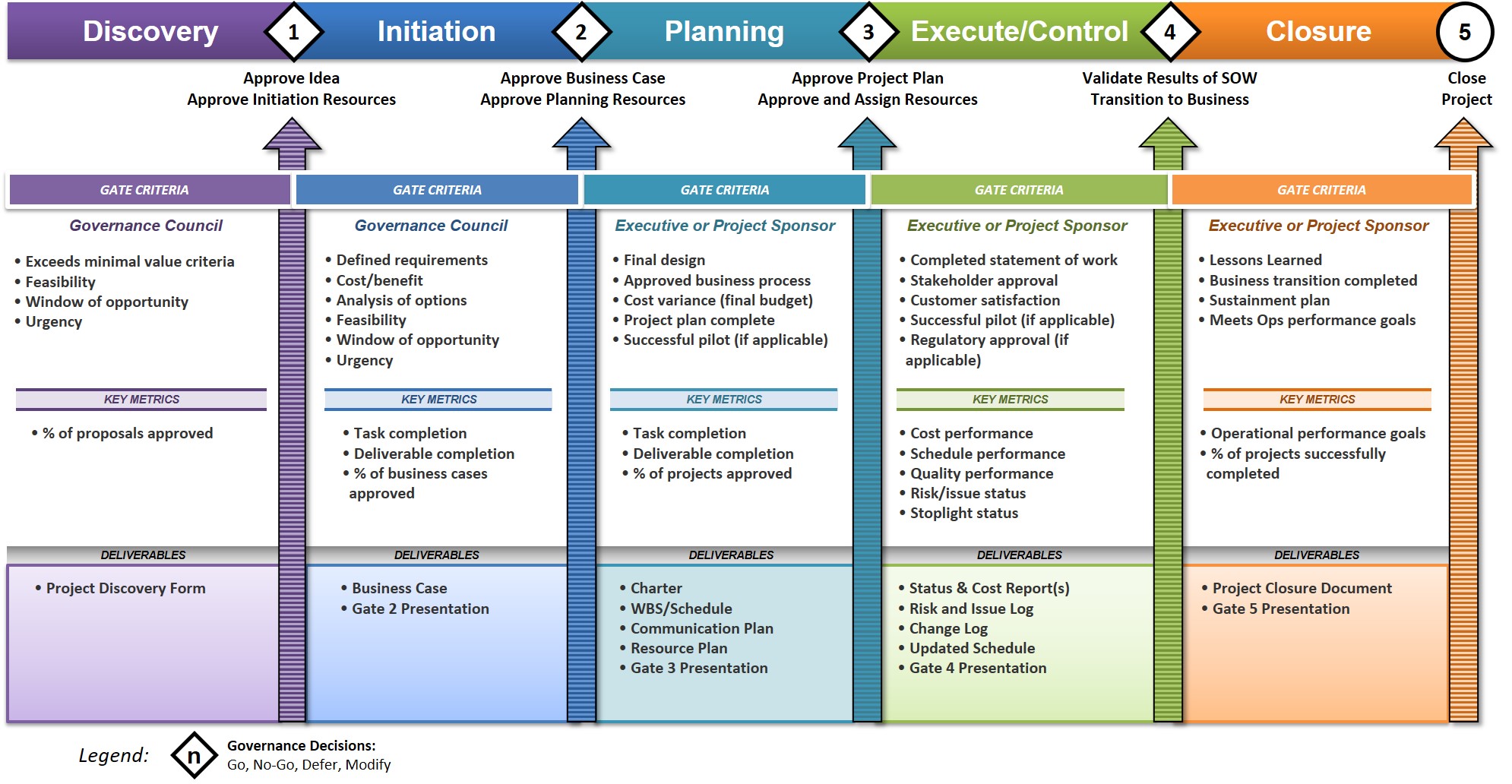
StageGate Example
The Stage-Gate® method breaks the product innovation process into a predetermined set of stages, each stage consisting of a set of prescribed, cross-functional, and parallel activities (see Figure 1 ). Gates are the entrance to each stage, and serve as quality-control and Go/Kill check points.

StageGate Process Stage gate process diagram is a great way illustrate the technique. Use
Stage-Gate Innovation Management Guidelines Managing risk through structured project decision-making February 2007 Version 1.3 Table of Contents Overview of ITP Stage-Gate Innovation Management……………………………………………….. 1 Background………………………………………..…………………………………………………1.
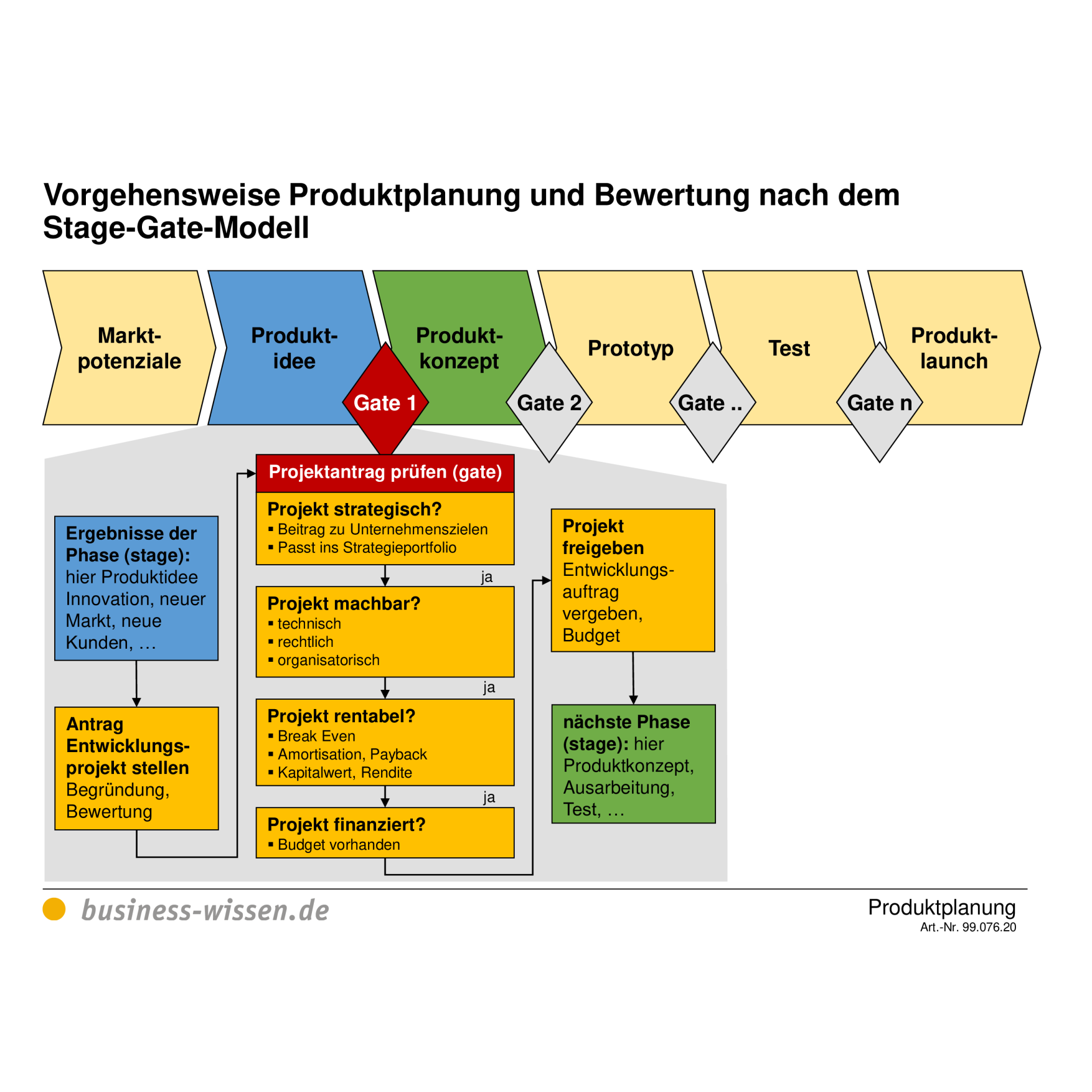
Produktplanung und Bewertung nach dem StageGateModell Vorlage
The Stage-Gate Model was created in the 1980s by Robert G. Cooper, a now internationally recognized expert in the field of innovation management. The Stage-Gate Model was the result of an extensive research about the new product development (NPD) practices followed by top performing companies, leading innovators and entrepreneurs, published by.

StageGate Process PowerPoint, Google Slides & Keynote Templates
The Stage Gate Process, also known as the Phase Gate Process, is a technique used by project managers to assess the viability of developing a new product and improving a process or business change.
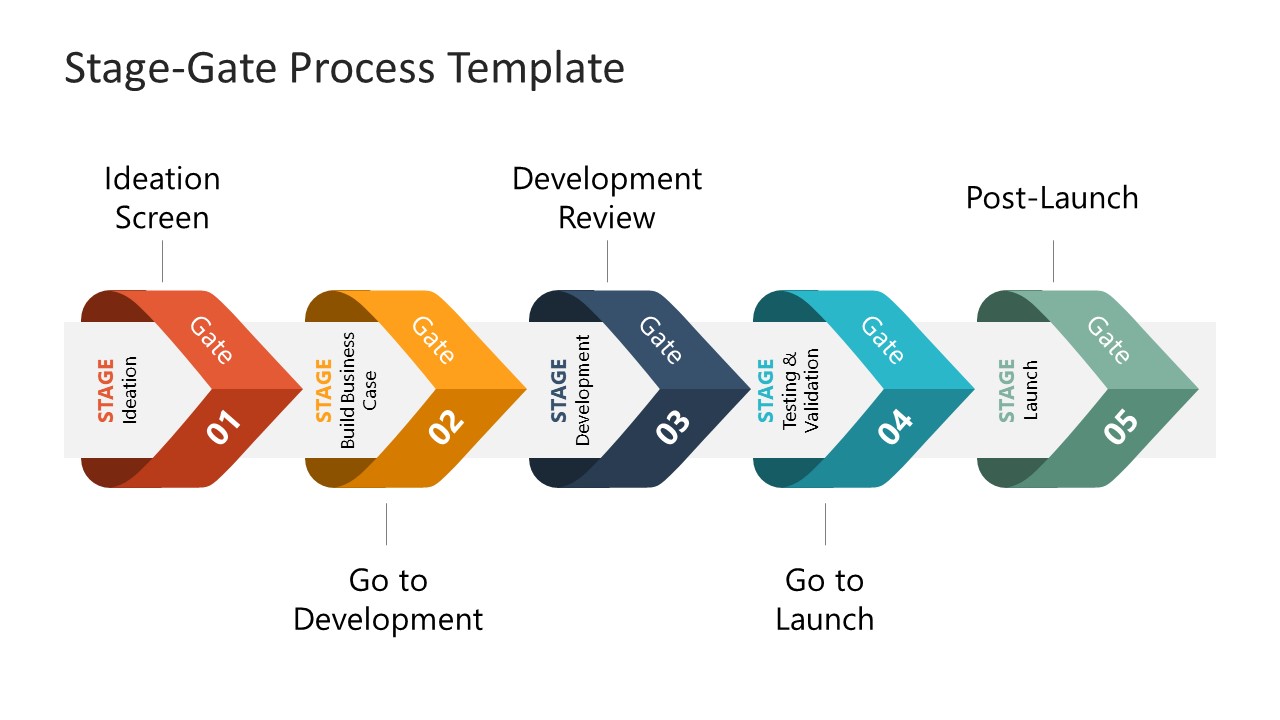
Stagegate Process Timeline Template SlideModel
Stage-Gate is a value-creating business process and risk model designed to quickly and profitably transform an organization's best new ideas into winning new products. 2